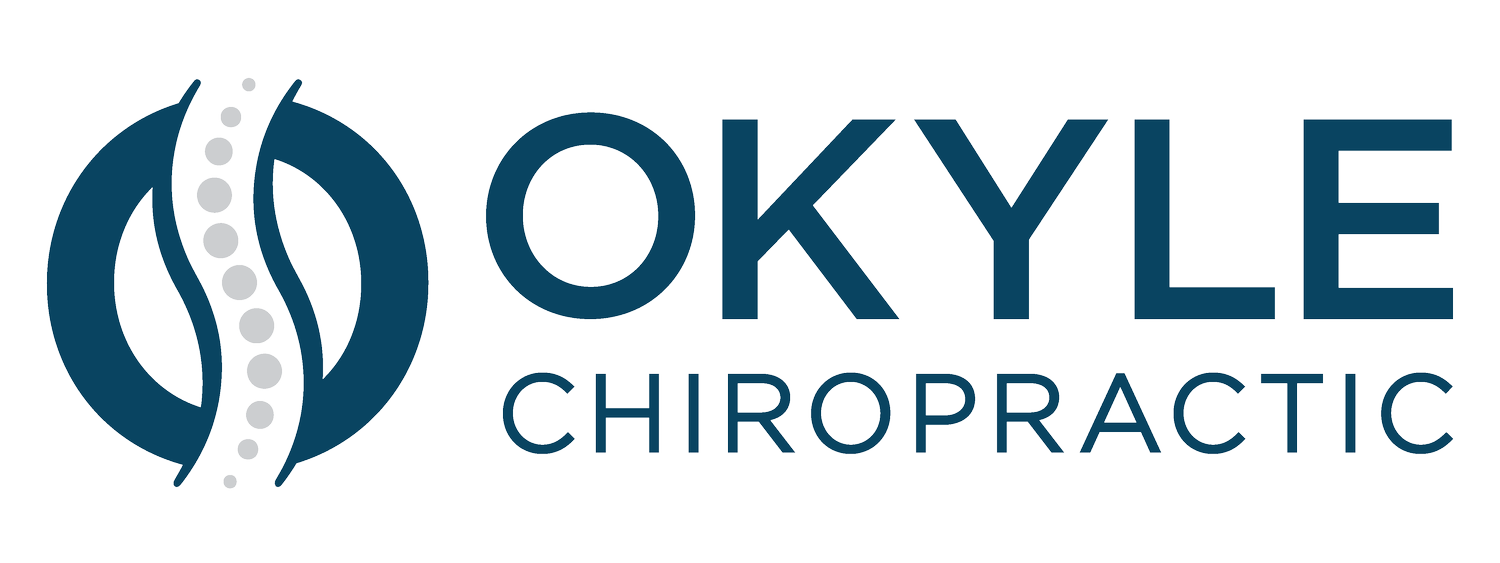THE DIFFERENCE BETWEEN JOINT PAIN AND MUSCLE PAIN - AND HOW TO TELL THEM APART
When you’re hurting, it can be hard to pinpoint where the pain is actually coming from. Is it your joint? A pulled muscle? Something deeper? Knowing the difference between joint pain and muscle pain can help you take the right steps to feel better—and avoid making the problem worse. Continue reading to learn how to tell them apart.
1. The Nature of the Pain
Muscle Pain
Usually feels like:
A dull ache or soreness
A feeling of tightness or stiffness
Tenderness when touching or stretching the muscle
Sharp pain with movement when the muscle is actively involved
You might notice it most after physical activity or holding one position too long. Muscle pain can also spread or “refer” to nearby areas.
Joint Pain
Usually feels like:
A deeper, more localized pain
Stiffness that’s worst in the morning or after inactivity
Swelling or warmth around the joint
A “grinding” or “clicking” sensation with movement
Joint pain tends to be more constant and is usually aggravated by bearing weight or moving the joint through its range of motion.
2. When It Hurts
Muscle pain often:
Comes and goes depending on how you move
Improves with stretching or massage
Shows up a day or two after activity (like delayed onset muscle soreness)
Joint pain often:
Hurts during movement and after movement
Lingers throughout the day
Can feel worse with weather changes or prolonged use
3. Where It Hurts
Muscle pain tends to be more broad or diffuse, often in larger areas (like your neck, back, thighs, or shoulders).
Joint pain is usually localized, centered at one specific spot—like your knee, wrist, or hip.
For example:
A sore neck that feels better after stretching might be muscular.
A knee that swells after a hike and clicks with each step might be joint-related.
4. What Causes It
Common causes of muscle pain include:
Poor posture
Overuse or underuse
Muscle imbalances
Stress or tension
Soft tissue injuries (strains)
Common causes of joint pain include:
Arthritis (osteoarthritis, rheumatoid arthritis)
Tendon or ligament injury (like a sprain or tear)
Joint degeneration or wear and tear
Autoimmune or inflammatory conditions
5. What You Can Do About It
If you suspect muscle pain, try:
Gentle stretching and movement
Massage or foam rolling
Heat therapy
Improving posture and body mechanics
If you suspect joint pain, consider:
Resting the joint temporarily
Applying cold for swelling or inflammation
Using supportive braces or wraps if needed
Seeking professional evaluation, especially if the pain is persistent or worsening
When to See a Professional
Sometimes it’s hard to know whether the pain is coming from a joint, a muscle, or even both. If your pain is sharp, doesn’t improve with self-care, or keeps coming back, it’s worth getting assessed.
A trained provider can perform a thorough evaluation, isolate the root cause, and develop a plan that addresses the actual problem—whether it’s in your muscles, joints, or both.
You don’t have to “tough it out” or guess what’s going on with your body. Understanding the type of pain you’re experiencing is the first step toward lasting relief—and a more functional, pain-free life.
Any questions? Feel free to reach out to our office via phone or text: (310) 880-9663. Happy healing!
Disclaimer: The information provided on this chiropractic blog is for general informational purposes only and is not intended as a substitute for professional medical advice, diagnosis, or treatment. Always seek the advice of your physician or another qualified health provider with any questions you may have regarding a medical condition. Never disregard professional medical advice or delay in seeking it because of something you have read on this blog. If you think you may have a medical emergency, call your doctor or 911 immediately. Reliance on any information provided by this blog is solely at your own risk.
